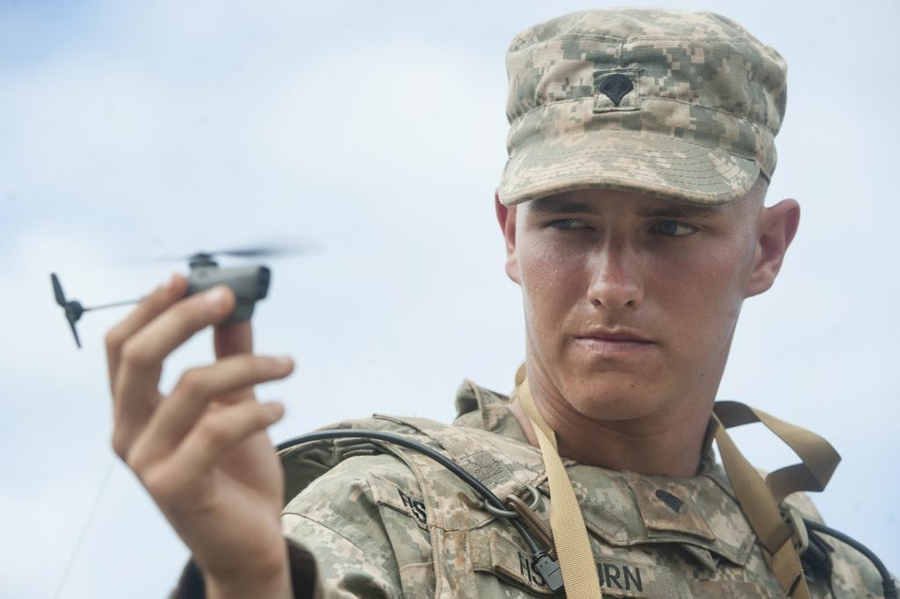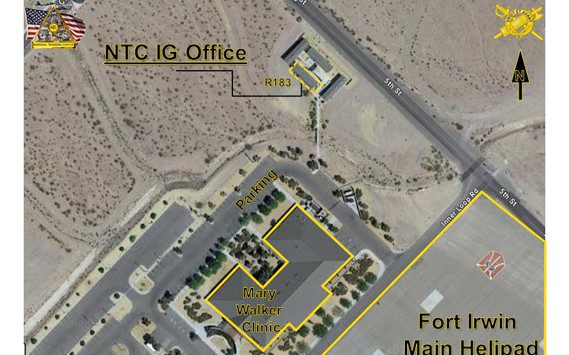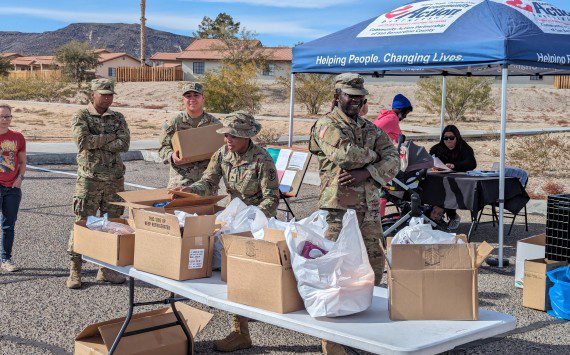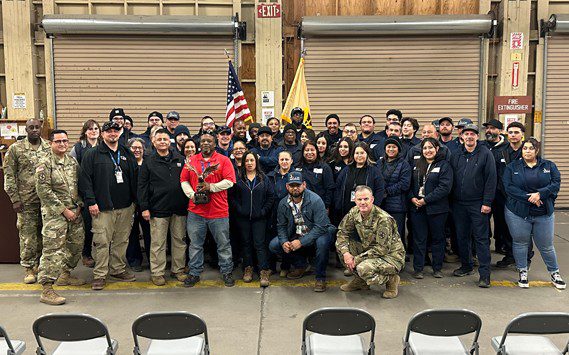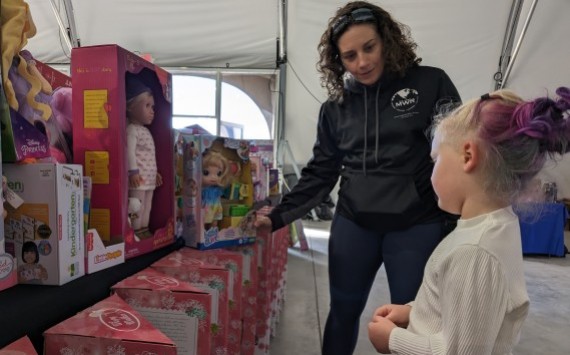Army senior leaders have announced plans to discontinue both the Asymmetric Warfare Group and Rapid Equipping Force, as the service shifts funding and resources from counter-insurgency operations to large-scale combat across multiple domains.
For more than 14 years, the AWG and REF have provided Soldiers with rapid materiel solutions and operational advisory support to close capability gaps during operations in Iraq, Afghanistan and elsewhere.
Both organizations fall under U.S. Army Training and Doctrine Command and are slated to close no later than Sept. 30, 2021.
For the next year, AWG and REF leadership will prioritize a seamless transition of personnel, all while simultaneously moving programs and equipment to other agencies throughout the force, TRADOC officials said.
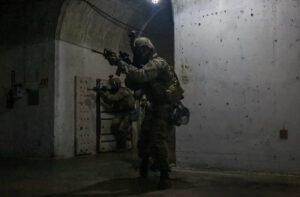
Mission
The REF bridged gaps between tactical-level requirements for materiel solutions and the long-term Joint Capabilities Integration and Development System process across most commodity areas.
Established in 2002 out of Fort Belvoir, Virginia, the REF provided Soldiers with non-standard equipment solutions to support mission demand, said Steven Sliwa, its deputy director.
Later in 2006, the Army established the AWG, headquartered at Fort Meade, Maryland. During operations in Iraq and Afghanistan, the AWG provided operational advisory support to develop rapid solutions to enhance Soldier survivability.
At the time, the AWG helped the Army avoid “tactical surprise” and fight back against an emerging improvised explosive device threat throughout the area of responsibility, said Lt. Col. Morgan Southern, the AWG Charlie Squadron commander.
During the height of the wars in Iraq and Afghanistan, the Army identified many institutional shortcomings. It was incumbent of both agencies to respond to these capability gaps, which led to the development of new doctrine, organization, training, materiel, leadership and education, personnel, and facilities, or DOTMLPF, throughout the ranks — specifically for counter-insurgency operations, according to TRADOC officials.
In a targeted effort to streamline the materiel process, the Army granted REF leadership the authority to approve urgent requests, Sliwa said. Soldiers could fill out a “REF 10-liner” — a 10-question form — to identify a tactical problem and various characteristics, and request REF to find a solution.
“The goal has always been speed,” as the REF worked to equip Soldiers within 180 days of receiving a 10-liner request, Sliwa added.
Similarly, AWG stepped into an operational advisory support role to assist formations across a broad range of missions at the point of need, Southern said.
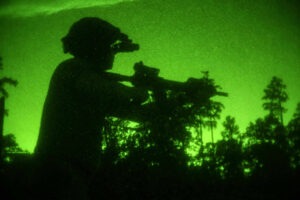
Counter-unmanned aircraft systems
The AWG and REF both focused on a range of Army challenges, working closely with other Army and Defense Department agencies, along with academia and commercial research, development, and technology communities.
Some accomplishments include developing solutions to counter unmanned aircraft systems and preparing the Army for underground operations.
The growing threat of unmanned aircraft systems, coupled with the speed of innovation of off-the-shelf UAS technology, all supported the need for counter-UAS policy.
“We identified the emerging threat and conducted a variety of global scout activities to help the Army understand, before it materialized on the battlefield,” he said.
The AWG focused on requirements to help fend off an opposing UAS, all while informing commercial solutions to ensure the survivability of Army-owned assets. The Army’s counter-UAS response pushed the development of doctrine and helped improve training, Southern added.
The REF also played a role in bolstering the Army’s counter-UAS capability, Sliwa said. The agency organized the first counter-UAS experiment at Yuma Proving Grounds, Arizona.






